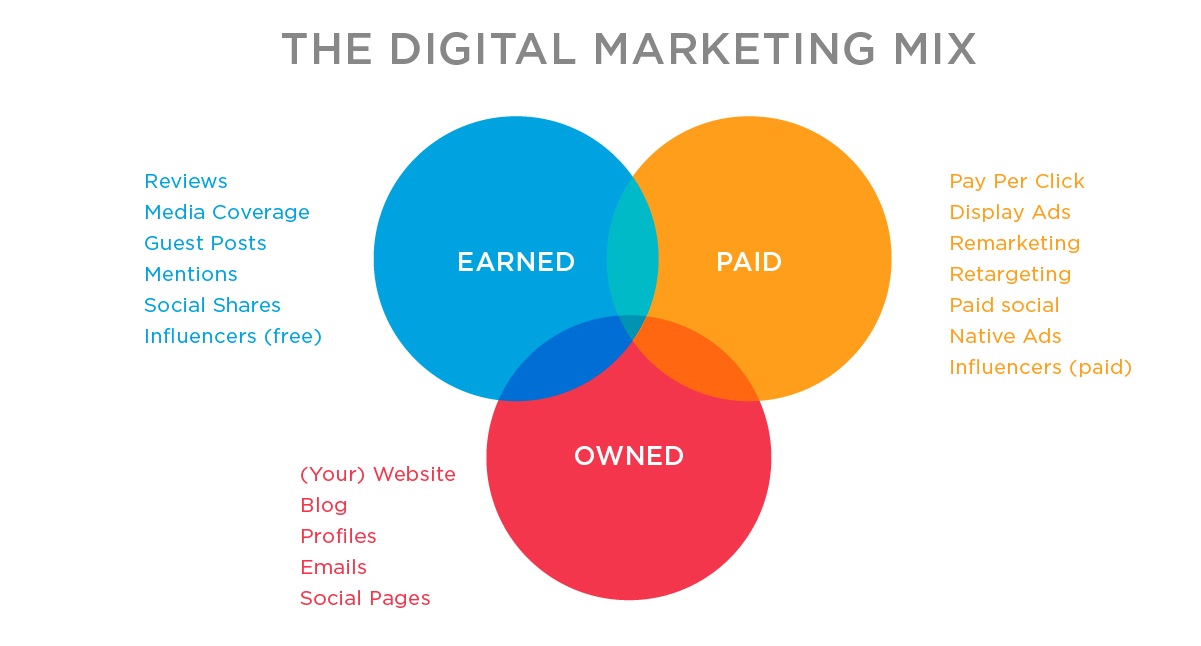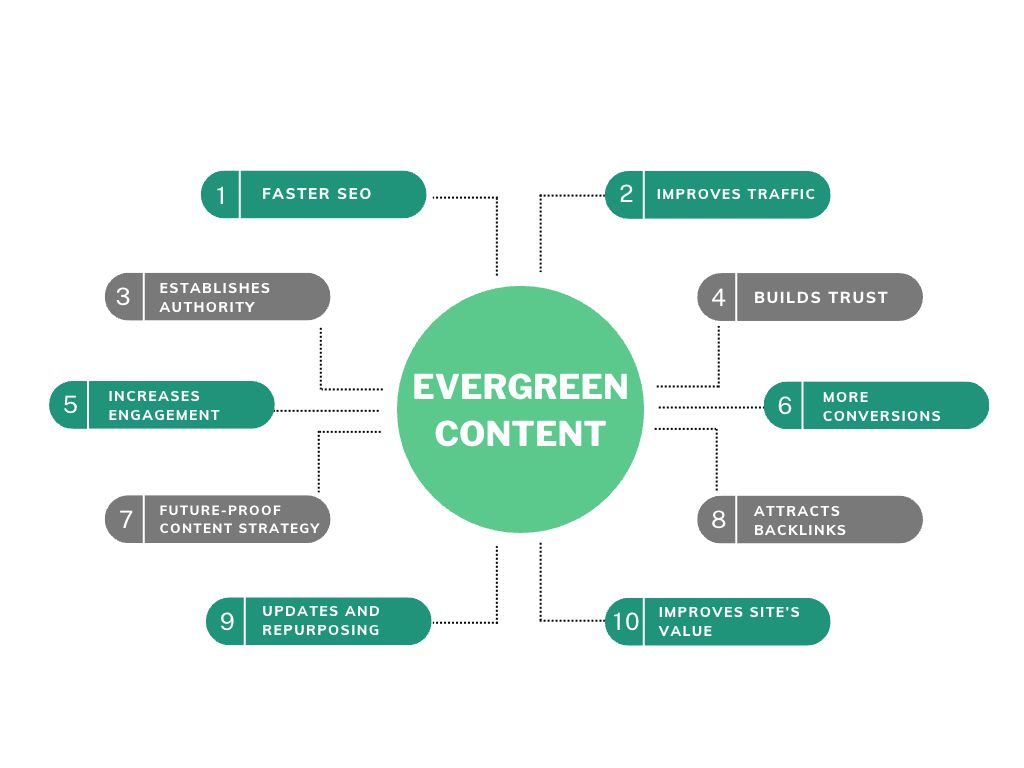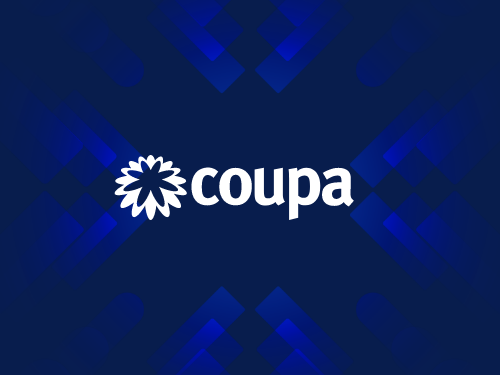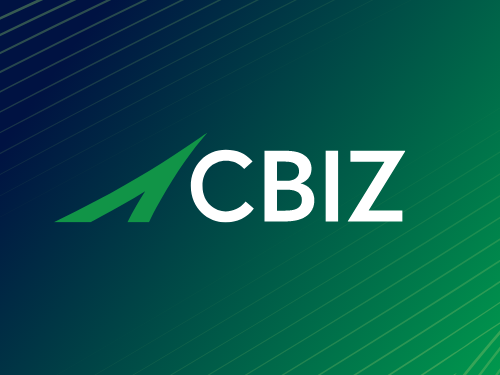In today’s marketing landscape, brands live and die by their digital visibility. But that visibility is increasingly out of marketers’ control. Algorithm changes tanking your social reach? Rising CPCs eating your paid media budget? Platforms limiting your access to your own followers?
It’s time to take back control. The most reliable path forward isn’t through rented digital real estate—it’s by investing in what you truly own.
An owned media ecosystem gives you a direct line to your audience, without middlemen. It’s your brand’s strongest asset, and when built strategically, it becomes the engine powering long-term engagement, lead generation, and brand authority.
Why Owned Media Is More Important Than Ever
Social platforms shift constantly. Search engine algorithms evolve. Privacy regulations keep tightening. In this environment, leaning solely on third-party platforms to reach your audience is risky—and expensive.
Meanwhile, the cost of acquiring attention continues to climb, while engagement rates often fall. That’s why marketers are shifting focus toward owned media—channels they fully control, with data they own, and audiences they can access without paying for every touchpoint.
Owned media provides:
- Stability: You’re not at the mercy of a platform’s next update.
- Scalability: Evergreen content and SEO bring compounding returns.
- Trust: Branded environments build authority and credibility.
- Data: First-party insights inform smarter decisions and future targeting.

What Exactly Is an Owned Media Ecosystem?
It’s more than just having a blog and an email list. A true owned media ecosystem is an integrated network of digital properties that serve, engage, and grow your audience.
Key components include:
- Website: The cornerstone of your brand’s digital presence
- Blog or resource center: Drives SEO, thought leadership, and lead nurturing
- Email newsletter: Your most direct, algorithm-free communication channel
- Branded content hubs: Digital magazines, industry insights, or use case libraries
- Podcasts or video series: Long-form, high-value content that builds loyalty
- Mobile apps or customer portals: For deeper, sustained engagement
- Analytics dashboards: To monitor performance and capture first-party data
This ecosystem acts as your brand’s digital backbone—supporting every campaign, fueling SEO, and nurturing long-term relationships.
Building Your Owned Media Ecosystem: A Step-by-Step Approach
A successful owned media ecosystem isn’t built overnight. It takes intentional planning, strategic content, and sustained distribution.
Here’s how to get started:
1. Audit Your Current Assets
What owned channels do you already have? Review your website, blog, newsletter, gated content, and any branded experiences. Assess performance, gaps, and opportunities.
2. Invest in Evergreen, Value-Driven Content
Think long-form blog posts, how-to guides, explainer videos, and case studies. Content that solves problems, builds thought leadership, and remains relevant over time is key to sustained traffic and engagement.
3. Build for UX and SEO
Ensure your site and content hub are fast, responsive, and search-optimized. A great user experience keeps people engaged; smart SEO brings them in the door.
4. Grow and Nurture Your Audience
Make building your email list a priority. Offer valuable gated content, newsletters, or exclusive insights. Once you have subscribers, provide consistent, high-value touchpoints.
5. Connect Everything
Your owned media shouldn’t live in silos. Blogs should link to resources. Webinars should drive to whitepapers. Newsletters should surface new podcast episodes. Think ecosystem, not just assets.

How Owned Media Supports the Bigger Picture
Owned media doesn’t replace paid or earned—it strengthens them. Here’s how:
- Improved Paid Media Performance: Driving traffic to SEO-optimized, high-conversion landing pages boosts ROI.
- Trust-Building: When leads land on your content hub instead of a cold ad, your brand feels more credible.
- Resilience to Platform Shifts: If social reach drops or cookies disappear, you still have direct access to your audience.
In short, owned media gives your marketing strategy roots.
Final Thought: Your Digital Moat Starts Here
If you’re constantly chasing attention on rented platforms, you’re playing someone else’s game. Building an owned media ecosystem puts your brand back in control. It’s how you create durable engagement, scale trust, and grow on your terms.
Want to future-proof your digital strategy?
Contact Bluetext to design and scale a content ecosystem that’s built to last.




